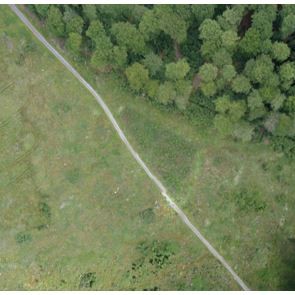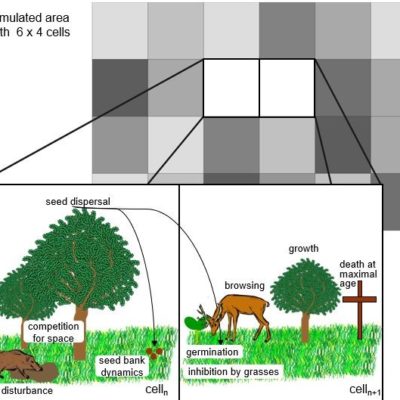How will our landscape develop in the future? What influence will climate change and increasingly intensive land use have on biodiversity? Computer-based simulation models can help to analyse the increasingly complex issues and derive adaptation measures to minimise negative impacts.
Landscape modelling
Simulation of the vegetation development of a real landscape
As a decision support system for complex ecological systems, we use landscape modelling to simulate the vegetation development of a real landscape
Decision support through computer-based simulation models
Landscape modelling
The GraS model developed by gaiac enables analyses and forecasts of the vegetation dynamics of real landscapes depending on different stressors as well as different management measures. The GraS model was used for management decisions in the Eifel National Park (Germany) and to analyse the natural regeneration processes of the Kyrill windthrow areas in North Rhine-Westphalia. It is currently being used to determine the flower supply of honey bee colonies in agricultural landscapes and to research the effects of climate change on floodplain landscapes.
Ecological modules in decision support systems
In addition to the application of its own simulation models, gaiac is active in the development and implementation of ecological modules in interdisciplinary decision support systems. GIS-based modules for analysing the blue-green infrastructure of settlement areas have been developed and tested, as well as modules for carrying out vulnerability analyses and monetising ecological damage during extreme events.







